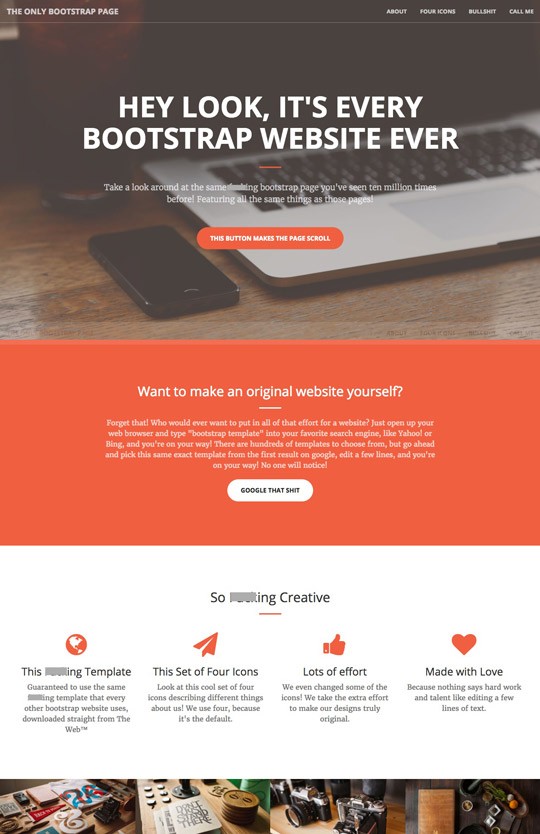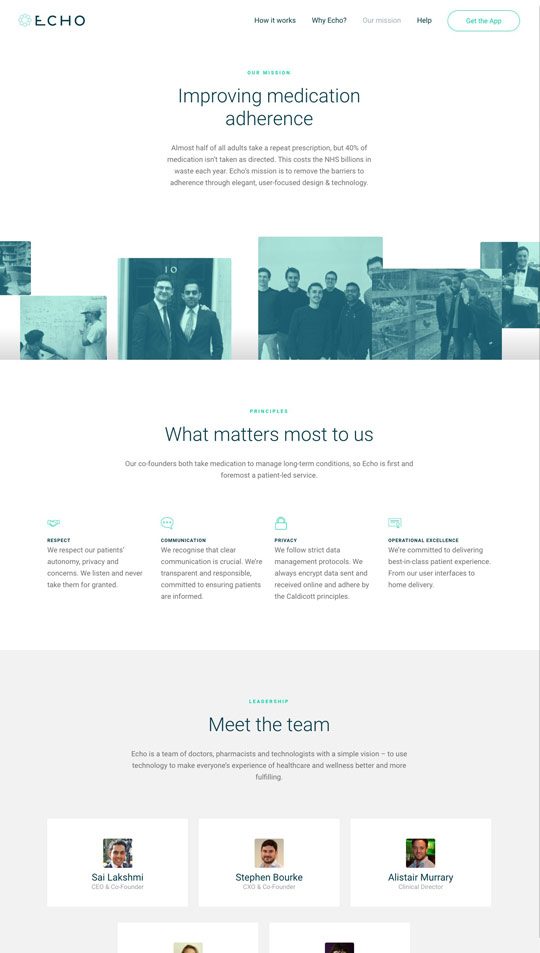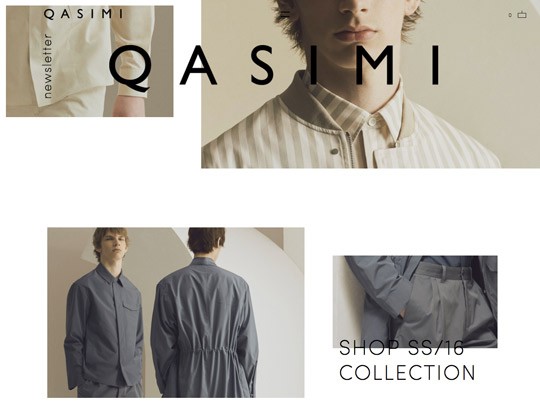Journal.
Hong Kong Workshop: The Progressive Web: Building for Resilience with Jeremy Keith
Last week we attended this one-day workshop in Hong Kong, led by Jeremy Keith. He is a founder of one of our favourite agencies, Clearleft, in the UK.
It was an interesting take on the nuances of modern design and development for the web. Primarily, the need to get away from the ‘pixel-perfect’ mindset that permeated the design thinking of yesteryear.
Studying User Onboarding can inform all UX design

User onboarding design is a really important, but often neglected, part of creating any web or mobile application. It’s your first impression; a getting-to-know-each-other exercise. One wrong step and your product or service could be in the trash before the fickle user has even given it a go.
Thoughts on the Webconf.asia web design conference in Hong Kong

Earlier this month a couple of excited turtles headed down to this first-of-its-kind conference in Hong Kong, promising well-known international do-ers and thinkers presenting, and an in-depth workshop focussed around cutting-edge web design and web development. We were not disappointed.
Breaking From The Expected In Modern Web Design
As the modern web matures, visitors are savvier. We would argue that they can smell a design template, a stock photograph, or a cliché a mile off. It might be worth going the extra mile to distinguish your brand.

An irreverent comment on the futility of using off-the-shelf templates? Sweary words redacted.
The screenshot above is from a joke webpage that pokes fun at the myriad companies using Bootstrap templates for their web presence. Bootstrap is a front-end framework originally designed to allow developers to create Rapid Prototypes of their ideas using simple and repeatable code patterns.
It has since morphed into a quick and cheap way to build simple websites, with off-the-shelf themes available either standalone or baked into countless WordPress or other platform templates.
The trouble is, it shows. Alongside the ubiquitous skyline shot, or corporate shaking-hands-in-front-of-a-fancy-glass-building stock photograph, the same familiar patterns keep popping up. Each time losing potency. Losing the audience’s attention faster than a ‘share this on Twittergram’ button.


